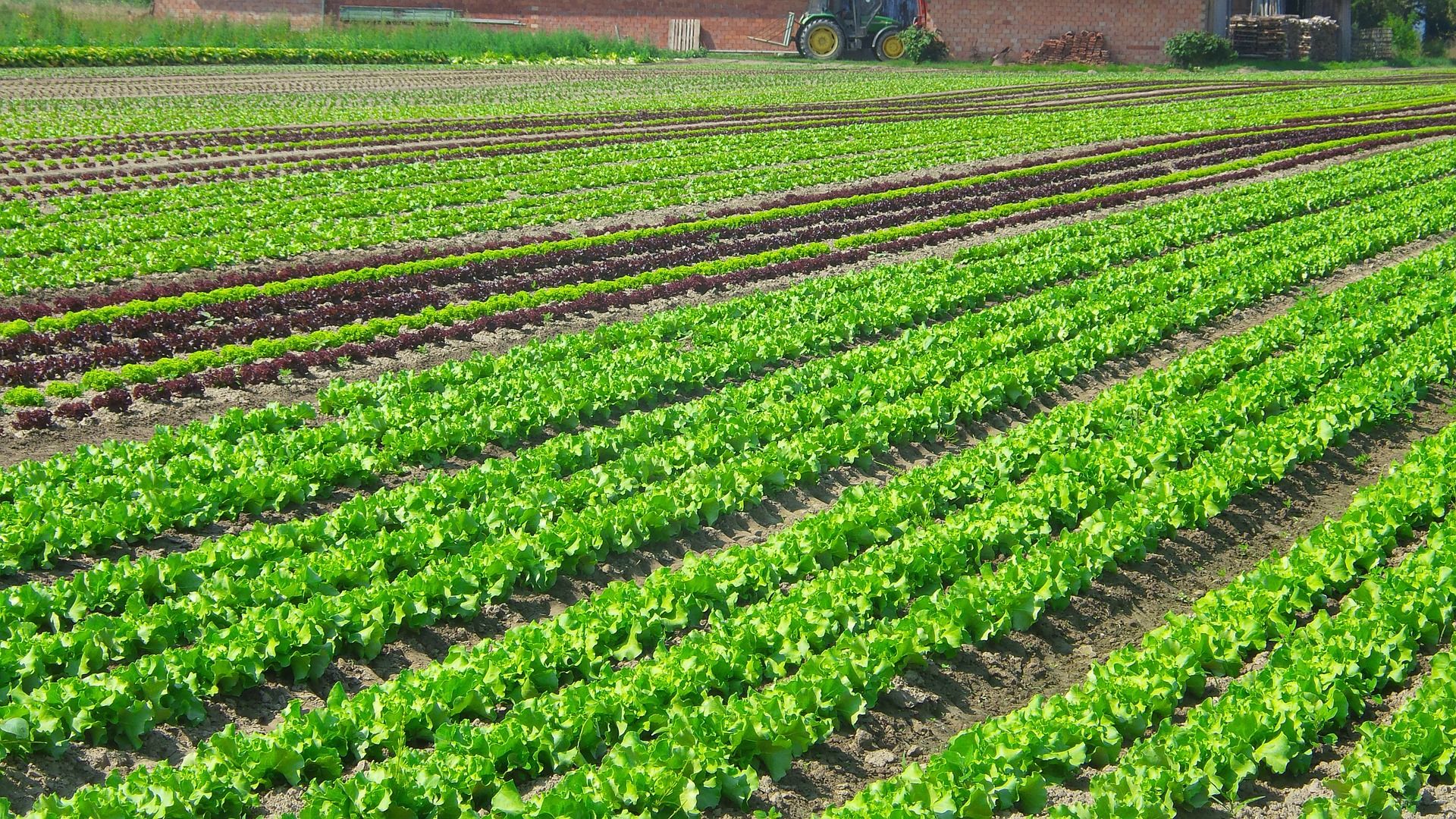
Fertilizer NPK numbers: how do they work?


Almost all sorts of fertilizers have prominently mentioned three numbers on the their labelling. You may be wondering what these numbers mean. Well, all fertilizer products must provide information to make clear what the product does, so users can compare the sorts of fertilizers easily. This three numbers can tell you a lot about the fertilizer and makes you understand what kind of fertilizer it is.

NPK
The numbers are NPK values. The NPK ratio is the proportion of three important crop nutrients in order: nitrogen (N), phosphorus (P) and potassium (K). They represent the percentage of these nutrients in the fertilizer and are always listed in the same order. For example, our Organic Fertilizer 4-3-3 is a fertilizer with 4% nitrogen, 3% phosphorus and 3% potassium, in addition to its other beneficial ingredients. In addition to the NPK values, Ferm O Feed also specifies the percentage of organic matter (OM) per fertilizer on the labels. For example: Organic Fertilizer 4-3-3-65 OM.
Why these three?
Of course, a crop needs nutrients to survive. The crop needs larger quantities of nitrogen (N), phosphorus (P) and potassium (K) than any other plant nutrients. Most of the nutrients are provided by the soil, but soils varies tremendously in nutrient amounts, soil type, pH and nutrient availability. Also, every sort of crop has a different need for nutrients. This is why there are specific fertilizers for certain types of crops, making the right choice for a suitable fertilizer so important. For example, our Organic Fertilizer 4-10-2 has a higher amount of phosphorus, which is very suitable for a phosphate-poor and alkaline soil (high pH).
Of course, it is also possible that a certain crop only needs a low amount of one of these nutrients. If your crop has a lot of leaves, such as gras, lettuce and spinach, nitrogen is certainly needed, but phosphorus can largely be left out. The text below makes clear why this is.
How N-P-K affects crops
- Nitrogen (N) mainly affects vegetative growth and general health. Nitrogen ensures that leaves can grow. It is a nutrient that gives leaves their green colour and makes leaves produces oxygen. Nitrogen deficiency is recognized by the yellowing of leaves and slowing or stopping of growth. Excess of nitrogen is recognized by extremely fast growth, resulting in long and weak shoots with dark green leaves.
- Phosphorus (P) is largely responsible for root growth and fruit and flower development. Phosphorus is used more heavily during blooming and seed set. Phosphorus is easily unavailable to crops when the pH is slightly unbalanced. It is released in soil through decomposing organic matter. Phosphorus deficiency is recognized by dull green leaves and purplish stems.
- Potassium (K) is important for general health of plants. Potassium is also known to help with disease resistance. It also stimulates root growth and the development of the trunk.
Curious which Organic Fertilizer suits your crop? Take a view at our product range or feel welcome to contact us.
- Nederlands
- English
- Deutsch
- Francais